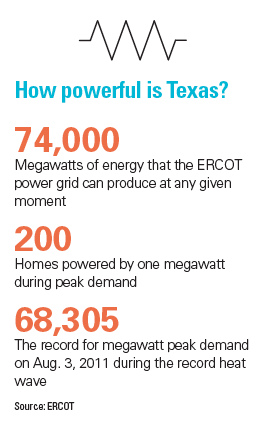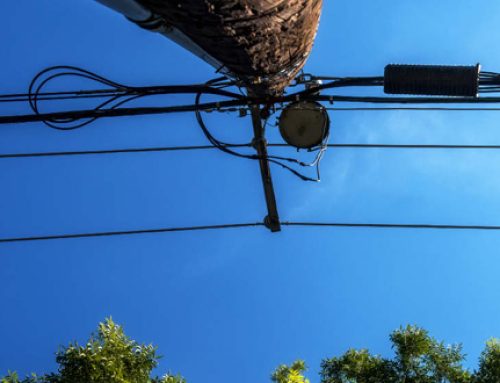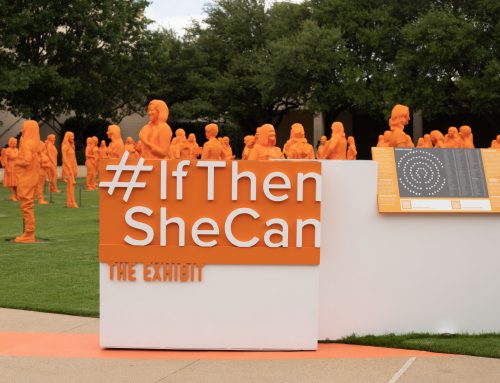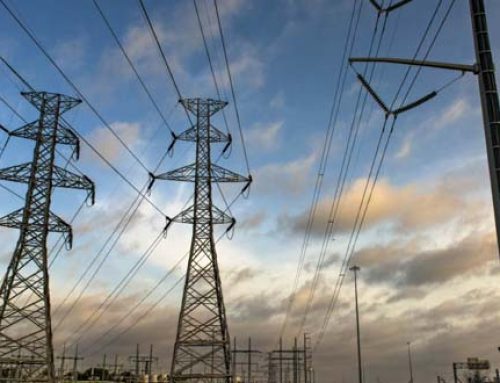Trying to determine how much energy Texans need is not an exact science, but it’s close.
“No one can predict perfectly how much electricity the people in Dallas are going to use at 4:15 this afternoon,” says Bill Muston, manager of research and development for Oncor. “You can predict pretty well, but it’s never perfect.”
 The Electric Reliability Council of Texas [ERCOT] oversees the main power grid in Texas and tracks the generators — coal, nuclear, natural gas, wind and otherwise — that feed into the grid. In ERCOT’s control room outside of Austin, employees act as traffic cops of the grid, determining which of the 550 generators should be in use, and where the power generated should be delivered along 40,530 miles of high-voltage transmission lines.
The Electric Reliability Council of Texas [ERCOT] oversees the main power grid in Texas and tracks the generators — coal, nuclear, natural gas, wind and otherwise — that feed into the grid. In ERCOT’s control room outside of Austin, employees act as traffic cops of the grid, determining which of the 550 generators should be in use, and where the power generated should be delivered along 40,530 miles of high-voltage transmission lines.
If it’s a windy day in spring and the turbines are hard at work, ERCOT may take some of the coal or natural gas plants offline and direct more wind energy from West Texas into Dallas and other cities. If a generator shuts down because of technical problems or extreme weather, ERCOT will green light a different generator to fill the energy void.
Whatever energy being generated at a given moment is the energy available to use. There’s no way to store energy for a rainy day, so to speak.
“Batteries are about the best way to store energy, and they’re expensive,” Muston says. “As consumers, for our laptops, our cell phones, whatever, the dollars are small enough that we’ll do it.”
However, a battery that powers a home or business is cost-prohibitive for most people, he says. Some homes that use solar power have a battery backup, which allows the home to continue using electricity through its solar energy during a power outage. Those usually cost several thousand dollars.
The average U.S. home uses 1,000 watts, or 1 kilowatt, at any given time. A typical coal plant or large wind farm simultaneously can generate 500,000 times as much power. No one so far has created an efficient way to store that kind of energy.






